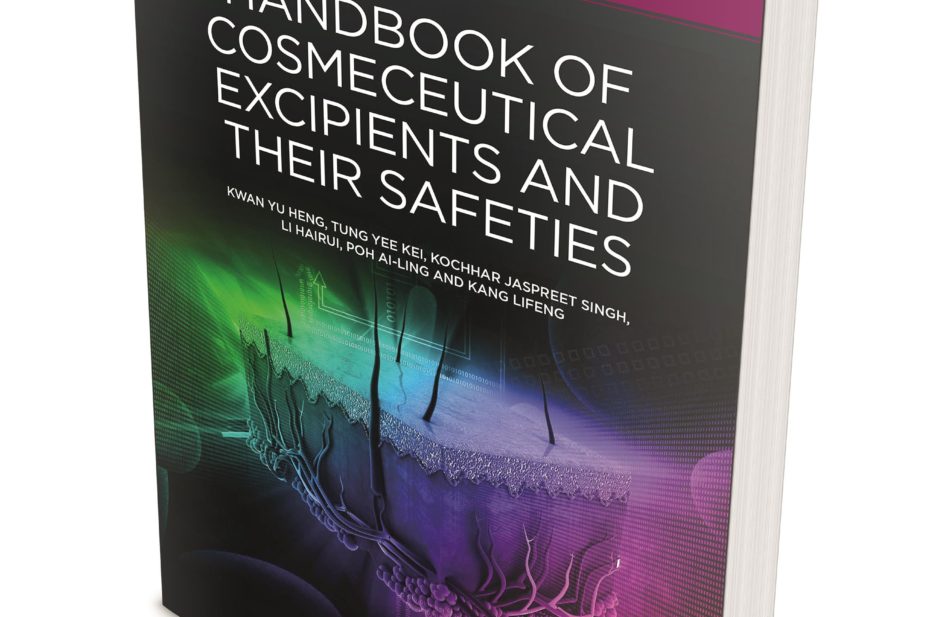
Cosmeceuticals are a subcategory of cosmetics that have some additional activity beyond aesthetics alone. They include skin-whitening agents, moisturising agents, sunscreens and anti-ageing ingredients. There is a huge market for cosmeceuticals; the authors cite a market value in the United States of US$124bn.
Since they are not considered to have truly “active” ingredients, cosmeceuticals are not classed as drugs and are not regulated as such. However, this does not mean that they do not have some effect on the body and excipient safety is an important concern for both manufacturers and consumers. This book attempts to address this safety concern, albeit limited to only two important issues (carcinogens and allergens).
The authors, a mixture of research scientists and clinical pharmacists from Singapore, provide a short history of the cosmeceuticals industry, which, although concise, puts the subject into context and introduces the topic to the reader. A chapter is dedicated to comparing the current regulatory considerations of cosmeceuticals in Europe, the United States and Singapore. Tables present the information clearly, making comparisons easy. The authors also provide a short introduction to skin permeation testing; this provides an adequate background to understand the scientific methodology described in later chapters.
Unusually for a textbook, two key chapters are presented in a similar manner to a research paper (each includes an abstract, introduction, scientific methods, results and discussion). These chapters describe the authors’ studies on marketed cosmeceuticals products. Their research aimed to: firstly, identify and establish limits for any potentially carcinogenic compounds included in 257 skin products used in a hospital pharmacy in Singapore; and secondly, establish the risk of allergic contact dermatitis from these same compounds.
As a result of their study outcomes, three-quarters of the book comprises monographs, with descriptions of the 507 identified compounds, including their structures, formulae, log P, allergenic potential and carcinogenic potential. Due to the length of the monograph section, it is understandable why the authors considered a textbook to be the most appropriate vehicle to disseminate their study results.
However, as this book describes research methodology and results, it could be queried whether this should have been published as one or more research papers and undergone the peer-review process. As it stands, readers should be aware that the research presented, while clear and well written, is unlikely to have undergone the same level of academic scrutiny as a peer-reviewed article in a scientific journal.
Despite this caveat, the information provided by the authors does appear to add value to the available scientific literature. The book is expensive, but formulation scientists working in the area of skincare (medical or otherwise), may find the monograph to be a useful reference, particularly when considering excipients that may prove to be carcinogenic or sensitising at certain levels. A major limitation of the monographs, however, is that, although they list several names for each compound, the index lists only one for each, making it potentially difficult to look up the compound in the hard copy version.
Emma McConnell
References
‘Handbook of cosmeceutical excipients and their safeties’, by Kwan Yu Heng, Tung Yee Kei, Kochhar Jaspreet Singh, Li Hairui, Poh Ai-Ling and Kang Lifeng. Ppxvi+344 £120. Cambridge: Elsevier; 2014. ISBN 978 1 907568 53 4


